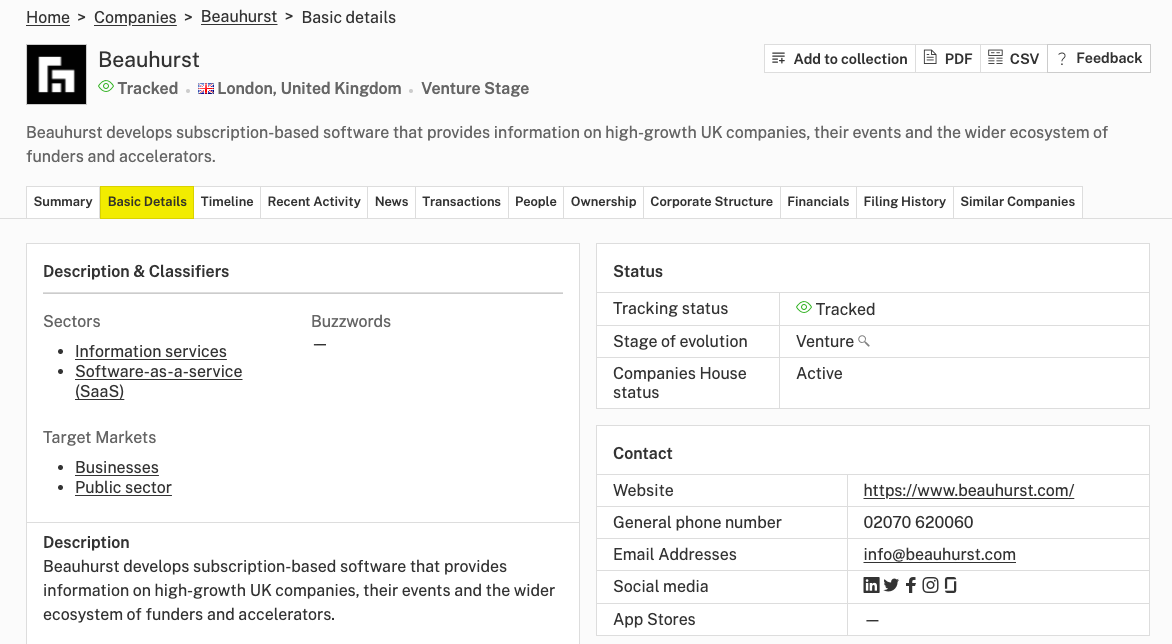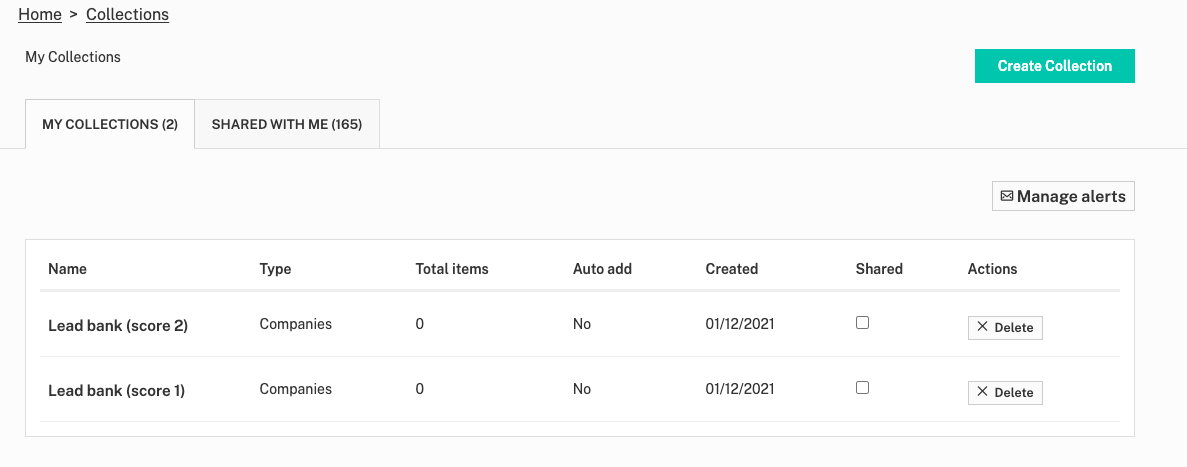How to Screen, Qualify & Prioritise Your Sales Leads
Category: Uncategorized
What is lead screening and qualification?
Lead qualification is the process used by marketing teams and sales teams to determine how likely a lead is to buy a product or service. It’s particularly important for businesses with long and costly sales processes to have a good lead management system.
Implementing a screening, qualification and prioritization process will cut down your costs and ensure your sales reps are focusing on their highest quality leads. Our recent article on ideal customer profiles (ICPs) outlines how to determine who these leads are, and how this process will accelerate your sales strategy.
Lead prioritization should take place very early on in the sales cycle. The rationale behind this approach is that, by prioritising leads, your employees won’t waste time having conversations with leads that are a bad fit for your product. Exactly which factors should be considered when making this decision is specific to each company. But here are some examples:
- Budget: Even if a very early-stage startup might benefit from your services, once they’re made aware of pricing, it’s unlikely they’ll have sufficient budget for it. Have they recently received a new funding round? Or an innovation grant? More often than not, this will make it more likely for them to have money set aside for your services.
- Potential for growth: Is the lead likely to grow alongside your business? Ideally, we’d all like to get high lifetime value from our customers, so focusing your efforts on companies that have recently done a lot of hiring, or are in good financial health, will make them more likely to come back to you as they grow.
- Authority: Is the person you’re speaking to in a position to make decisions on the company’s behalf? No matter how great a fit the company is to your services, you’re ultimately selling to people, which makes it particularly important to approach those in key positions who have a vested interest in improving company operations.
The bottom line is that new leads are not always worth dedicating your time and energy to. The quicker you’re able to make an informed decision on who your best leads are, the quicker you’ll cut costs and increase your sales conversion rates.

“With the help of Beauhurst, we’re able to effectively approach around 250 prospects a week. And the only reason that number isn’t higher is because we don’t have the capacity to deal with all the responses.”
Pete Rowe | Co-founder | Talenty
How to screen, qualify and prioritise your sales leads
Once you’ve set out your ICP, that’s a good time to reflect on how this impacts your outbound and inbound lead generation strategy. In a way, outbound leads are more straightforward to prioritise: if you know exactly what type of customer you want to pursue, your salespeople can then focus their efforts towards these leads.
On the other hand, the quality of your inbound marketing leads is harder to control. Many teams without an established lead management system fall into the trap of indiscriminately chasing each potential customer that comes their way. This is particularly harmful to businesses in the long run, leading to unnecessary costs and wasted time on leads that are never going to convert. A good lead scoring system for inbound leads is a good solution to this problem.
Screening inbound sales leads
Depending on your business model and budget for marketing campaigns, you may have a high number of leads coming your way on a daily basis. It might feel like a daunting process at first, but getting into the habit of lead scoring as soon as leads come through is going to make lead prioritisation a lot easier in the long run. CRM tools, such as HubSpot and Salesforce, have custom fields where you can assign leads with scores, based on your qualifying criteria (demographics, company size, job title, etc).
Marketing automations can also be used as an initial rough filtering system, based on predictive indicators, such as industry and location. For example, if your CRM system can pick up on these attributes, and your business is UK-centric, you could automate your qualifying process to disqualify all leads coming from outside the UK. This is a rather blunt tool, however, and most companies will still use human judgement as part of an effective lead prioritization system.
The Beauhurst platform is a great tool for carrying out a more thorough screening of your inbound leads. Just head over to the global search bar on the platform and type in their company name—if it’s met one of our high-growth tracking triggers, you’ll have access to extensive information on the business. And with all this data at your fingertips, assigning a lead score will take no time at all.
Our comprehensive company profiles include features such as one line descriptions, sectors of operation, location and financial information, along with many other useful data points. These make it easy for you to find out how well-suited a company is to your product or service, and thus assign it a lead score.
Beauhurst works particularly well when used in conjunction with LinkedIn: your salespeople can gather information on both individual prospects and their respective teams from both platforms, before deciding whether a lead is worth prioritizing.

Screening outbound sales leads
The Beauhurst platform can also be used to review your company’s outbound sales strategy. As mentioned earlier, once you’ve established your ICP, the real struggle is then identifying leads that fit the bill. Beauhurst’s Advanced Search tool makes this all a lot easier, by allowing you to be as focused as you wish in your outbound sourcing process.

We track over 35k companies on the Beauhurst platform, so it would be quite a feat to score every potential lead that comes up. The best approach is to start very narrow, with criteria that satisfies all of your ICP features. For instance, you could start by looking strictly at UK-based companies with a headcount higher than 100, and at least 3 key people in finance, which have also received funding in the last 4 months.
Depending on your industry and other requirements, this initial search should generate a more manageable number of leads to prioritise at first—you could assign these leads a score of 1. You could then start removing some of your non-essential criteria, to enlarge your pool of qualified leads—you could give these leads a score of 2. They’re still good quality leads but you might hold off on approaching them until you’ve pursued your ‘prime’ leads first.
Our customers find it best practice to add these lists of tiered leads to their ‘Collections’ on the platform. This way, they can come back to them at any time, and they can even choose to receive updates on each company as they progress through their growth journeys.

Lead management is certainly a tricky thing to master and unique to each business. The key thing to consider is how your inbound and outbound strategy match up from the earliest stages of the sales funnel, and don’t be afraid to adapt as you go along.
Now you know how to qualify your prospects, it’s time to optimise your outbound process. Our next article debunks myths associated with cold calling and other outbound mediums.
Discover the UK's most innovative companies.
Get access to unrivalled data on all the businesses you need to know about, so you can approach the right leads, at the right time.
Book a 40 minute demo to see all the key features of the Beauhurst platform, plus the depth and breadth of data available.
An associate will work with you to build a sophisticated search, returning a dynamic list of organisations matching your ideal client.